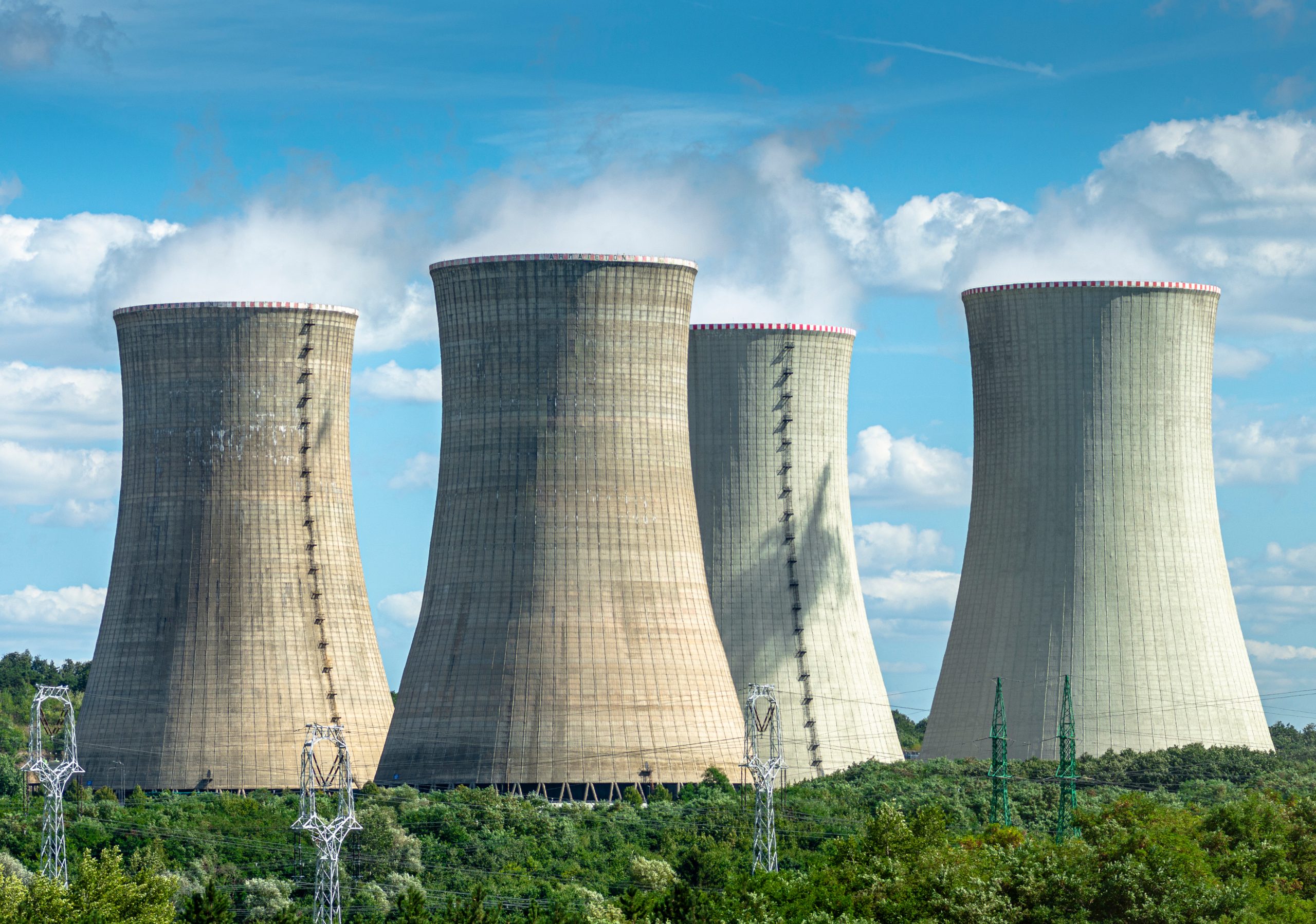Illinois Lifts Four-Decade Moratorium On Nuclear Power Plants

Illinois shelved a nearly four-decade moratorium on constructing new nuclear reactors in a bid to move further toward clean energy production. Democratic Gov. J.B. Pritzker had a change of heart when he signed the amended law into effect on Friday.
He previously vetoed similar legislation to clear the path for small modular reactors (SMRs) as opposed to the giant plants built in yesteryear.
Of course, environmentalists are not satisfied with the new technology available for the modern facilities. But then, what are they satisfied with besides windmills and cave dwellings?
The SMRs are a far cry from the six enormous facilities the state currently boasts. Illinois now produces more nuclear power than any other state in the nation, and it accounts for one-eighth of U.S. nuclear energy output.
These smaller SMRs have considerably less production.
These diminutive units would each power roughly 45,000 homes. They are intended to be part of a network of SMRs and thus able to generate enough electricity for a medium-sized metropolitan area.
The Illinois state legislature shook off the shackles of radical environmentalists last month in eliminating the moratorium on new construction. The home to the world’s first nuclear reactor touted the move as leading toward a faster transition to clean energy.
The old-style reactors are not permitted under the new agreement. An example is the Byron Power Station in northern Illinois which generates up to 2,347 megawatts.
That’s enough output to supply over 1.7 million homes.
The much smaller SMRs create only 300 megawatts. Again, however, the untested technology is designed to be used in systems that greatly increase their reach.
There is considerable logic to the design of the SMRs. Instead of the many years it takes to bring a traditional reactor online, these theoretically may be produced on a factory scale to lower costs and decrease the time before they are ready for service.
Predictions are for possible functioning reactors by 2026. However, it bears noting that there are no SMRs currently in operation or even being manufactured in the U.S.
The state is set to close the last coal-powered facility in southern Illinois by 2045.
























